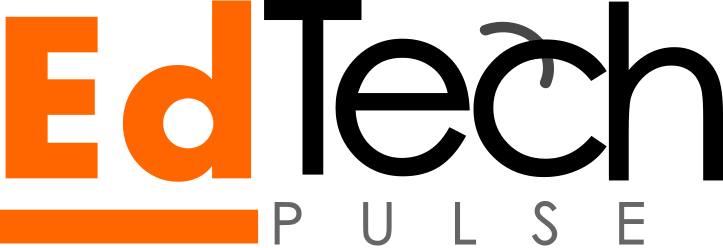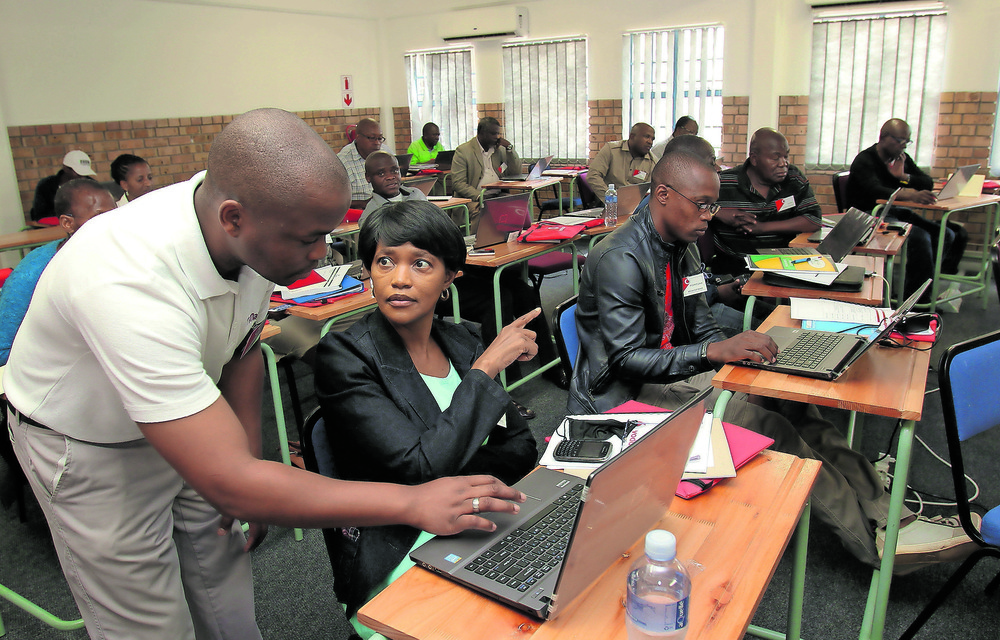The Digital Disparity in Education
Across the globe, a digital transformation is sweeping through the education sector. Smartboards are replacing chalkboards, learning management systems are streamlining classroom administration, and artificial intelligence is beginning to personalize student learning. But while the tools of modern education are evolving rapidly, many of the hands that wield them are struggling to keep up.
Teachers are the backbone of any educational reform, and the success of any edtech initiative depends not on the tools themselves, but on how effectively educators can use them. In many regions—particularly in developing countries—this is where the gap lies. Without targeted digital skills training for teachers, investments in educational technology risk becoming expensive, underutilized experiments.
This article dives into the core challenges teachers face in adapting to digital learning, examines impactful case studies from around the world, and outlines actionable recommendations for schools, governments, and education stakeholders looking to bridge the gap.
Why Digital Competency Among Teachers Matters
Digital literacy is no longer a nice-to-have skill for teachers—it’s a necessity. A teacher who cannot confidently navigate digital tools is ill-equipped to prepare students for a tech-driven world. The effectiveness of digital learning is directly tied to how well educators can:
- Integrate digital tools into lesson plans
- Use data to personalize and improve instruction
- Facilitate virtual and blended learning
- Communicate and collaborate through online platforms
A UNESCO report from 2022 found that while 90% of schools in sub-Saharan Africa had some form of digital infrastructure, less than 30% of teachers felt confident using it effectively. This points not to a lack of resources, but a lack of relevant training and ongoing support.
Challenges Teachers Face in Adapting to Technology
Despite growing access to edtech tools, many teachers encounter significant barriers:
a. Lack of Training Opportunities: In many school systems, teachers receive little or no formal training in digital tools. Professional development is often sporadic, generic, or focused on theory rather than practical application.
b. Resistance to Change: Educators who have taught traditionally for decades may resist new methods, especially when change is imposed from the top without adequate support or explanation.
c. Limited Access to Resources: Even when digital tools are available, schools may lack reliable electricity, internet, or tech support. Teachers must often troubleshoot alone.
d. Time Constraints: Teachers already juggle heavy workloads. Adding tech training to their responsibilities without offloading other tasks can cause burnout.
e. Inadequate Policy Frameworks: Many national education strategies mention technology, but few mandate or fund comprehensive teacher training as part of edtech rollouts.
Global Case Studies of Effective Teacher Training
a. Kenya: The Digital Literacy Programme (DLP) (https://ict.go.ke/digital-literacy-programmedlp)

Launched in 2016, DLP aimed to equip Grade 1 pupils with digital devices, but soon realized the success hinged on training teachers. The initiative incorporated targeted digital pedagogy training, reaching over 150,000 teachers nationwide. Results showed a measurable improvement in digital tool adoption and student engagement.
b. India: Diksha Platform https://pmevidya.education.gov.in/diksha.html

Diksha is a national digital infrastructure for teachers. It offers open-access resources, lesson plans, and interactive training modules. Teachers can track their progress, take certification exams, and engage with peers. As of 2023, over 2.8 million teachers have benefited from the platform.
c. Nigeria: TEP Centre & Education.org Partnership https://tepcentre.com/

In Nigeria, the TEP Centre partnered with Education.org to provide blended professional development for public school teachers in Lagos. The program combined online learning, in-person workshops, and peer mentoring. A study found that participating teachers increased their digital teaching capacity by 60% within one year.
d. Estonia: Leading by Example Estonia is often cited as a digital education pioneer. Its teacher training strategy includes compulsory digital literacy modules in all teacher education programs, continuous upskilling for in-service teachers, and school-based IT mentors who provide day-to-day support. This has led to near-universal integration of digital tools in classrooms.
Scalable Strategies to Empower Educators
So how can schools and governments replicate these successes and empower their teachers?
a. Embed Digital Skills into Teacher Education: Teacher colleges and certification programs must include mandatory digital skills components—not as electives, but as core courses. This includes both technical skills and digital pedagogy.
b. Continuous Professional Development (CPD): Learning shouldn’t stop at certification. Establish national and state-level CPD programs that offer micro-credentials, peer learning communities, and practical application workshops.
c. Incentivize and Recognize Digital Excellence: Create award schemes and promotion criteria that reward innovation and effective tech integration in teaching.
d. Public-Private Partnerships: Collaborate with edtech companies and NGOs to provide tools, platforms, and training. For instance, Google for Education, Microsoft Education, and UNESCO have programs tailored to support teacher development.
e. Build School-Based Support Systems: Appoint or train digital champions in every school—teachers who can support peers, model best practices, and help troubleshoot tech issues.
f. Focus on Contextualized Content: One-size-fits-all training rarely works. Training modules should reflect local curriculum, language, and teaching conditions. Peer mentoring and community learning circles can also improve relevance.
g. Monitor, Evaluate, Improve: Set clear KPIs for training programs and track teacher progress. Use data to refine content, assess impact, and justify scale-up.
Policy Recommendations
a. Prioritize Teacher Training in EdTech Budgets: Governments must allocate specific funding to build teacher capacity as part of every digital education initiative.
b. National Frameworks for Digital Literacy: Develop national standards for teacher digital competency across basic, intermediate, and advanced levels.
c. Expand Rural Reach: Use offline-compatible platforms, solar-powered devices, and community centers to train teachers in underserved areas.
d. Encourage Research and Local Innovation: Fund studies on what works in local contexts and promote indigenous tech solutions tailored for African classrooms.
e. Involve Teachers in EdTech Design: Teachers should be co-creators, not just end-users. Their feedback must shape tool development and policy design.
The Long-Term Payoff: Empowered Teachers, Engaged Learners
When teachers are confident with digital tools, classrooms transform. Lessons become interactive. Students gain real-world digital skills. Learning can happen anytime, anywhere. Perhaps most importantly, teachers become lifelong learners—modeling curiosity, adaptability, and growth.
An investment in teacher training is an investment in systemic change. If we want future-ready schools, we must first build future-ready educators.
It Starts With Us
Technology will not replace teachers. But teachers who embrace technology will replace those who don’t. As stakeholders across Africa and beyond continue to invest in digital learning, it is crucial that they remember this: no tool, no matter how advanced, can replace the human connection, wisdom, and creativity of a well-trained teacher.
To truly transform education, we must teach the teachers first.





